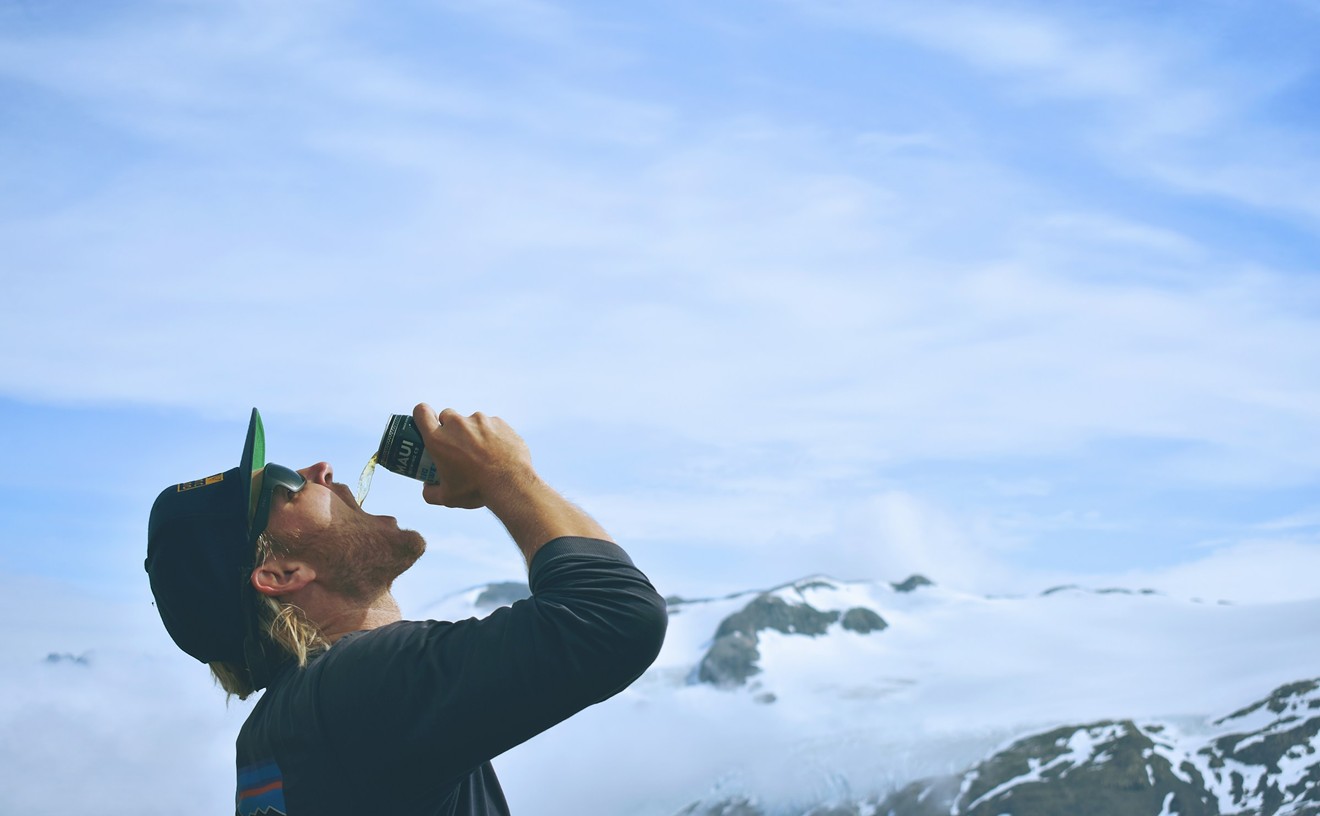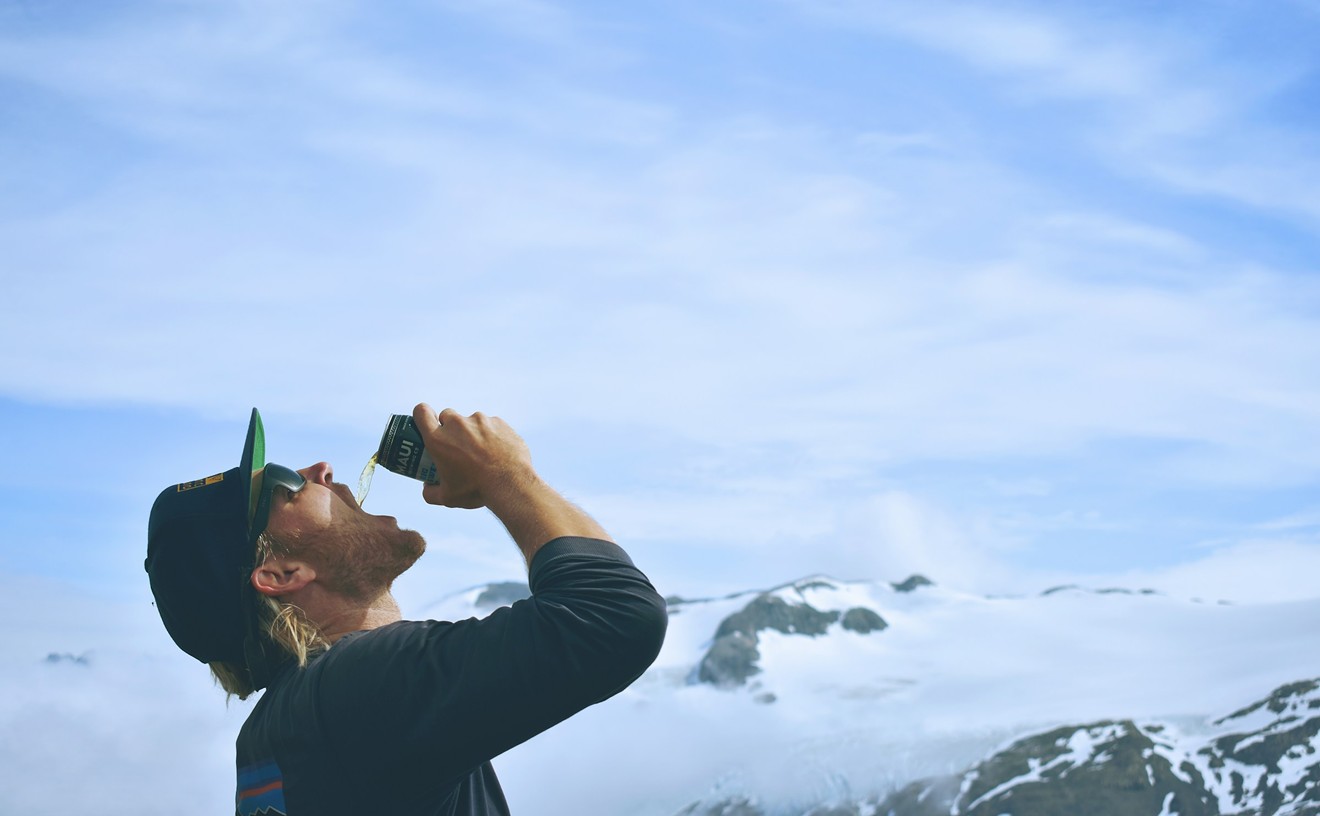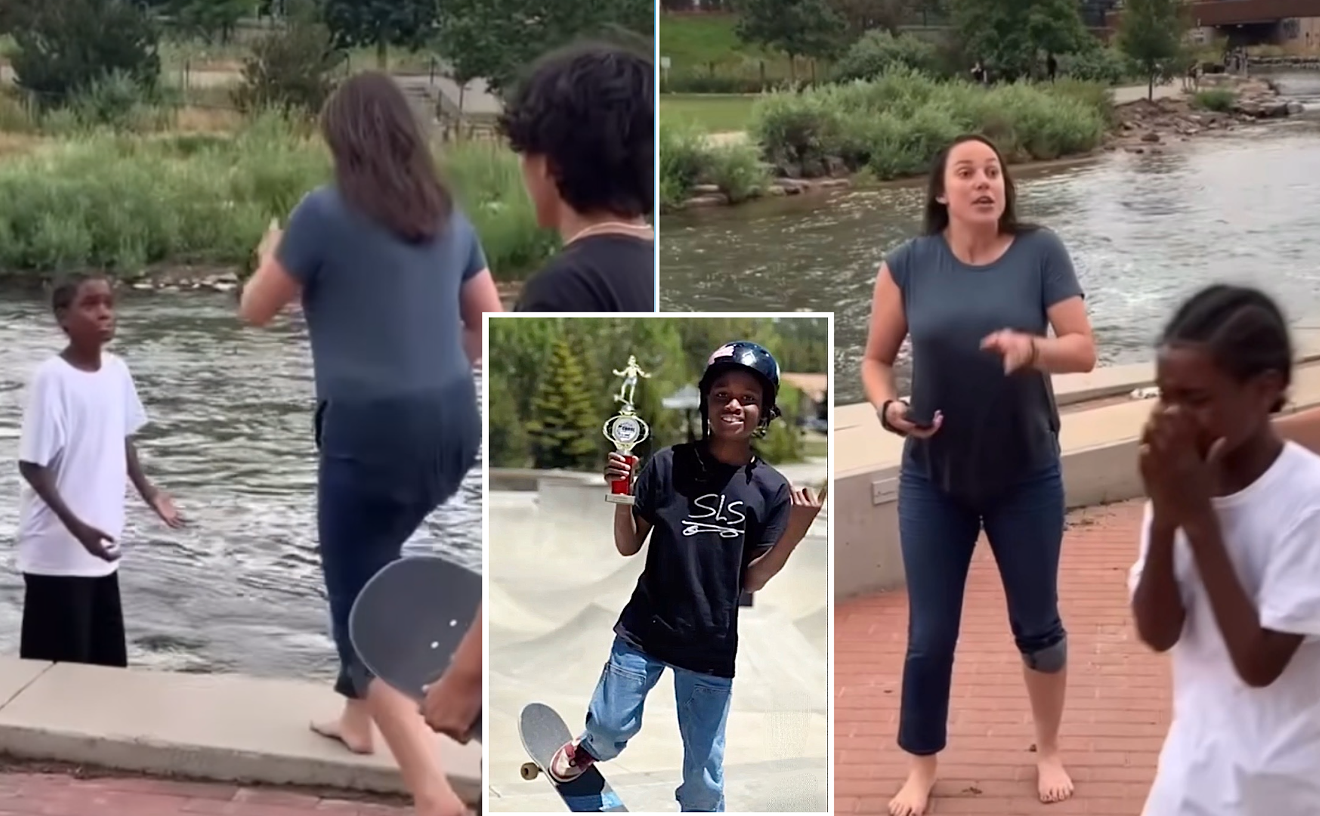Although COVID-19 was initially identified in Wuhan, China, last December, the malady was still enough of an unknown quantity on March 5, when Governor Jared Polis confirmed the state's first cases, that it required a description. At the time, we characterized it as "an infectious disease caused by a newly discovered type of coronavirus officially known as SARS-CoV-2."
Six months to the day later, no explanation is necessary. COVID-19 has killed more than 1,850 Coloradans out of over 186,000 people across the country and 860,000-plus worldwide — and that's just the beginning. The pandemic has also dealt a devastating blow to the American economy and supercharged ideological differences by way of fights over previously unimaginable issues — like public-health orders about wearing facial coverings in public.
Since early March, a seemingly infinite number of events have taken place in Denver and beyond related to the novel coronavirus. But the following timeline, based on previous Westword coverage linked in each item, highlights ten of the most significant benchmarks in a crisis that will define this period of Colorado history no matter when (or if) it ends.
March 5
Governor Polis announced that an out-of-state visitor to Summit County, a male in his thirties, represented Colorado's first COVID-19 infection. Soon after, a second presumptive-positive case emerged: an elderly female Douglas County resident who had recently returned to Colorado after traveling internationally.
March 13
"It is just a matter of time before we have our first fatality here in Colorado," Polis said at a press conference — and mere hours later, the Colorado Department of Public Health and Environment confirmed that a woman in her eighties had died from the virus in El Paso County. At the time, the department listed 72 positive cases.
March 25
With positive diagnoses surpassing 1,000 and the death count at nineteen, Polis issued a statewide stay-at-home order intended to slow the disease's spread, a week after all restaurants in the state had been ordered closed to on-premises dining. Paraphrasing the Bible (and Pete Seeger), Polis said, "There is a season and a time to every purpose under the heaven: a time to be born and a time to die. And I want to share with my fellow Coloradans that now is not the time to die. And we will not let it happen on our watch."
April 3
After stepping behind a microphone at Centennial's Emergency Operations Center, Polis called on everyone in the state to wear a cloth face mask whenever they went out in public and sought to portray the donning of such garb as fun. "It's human nature to go along with a trend," he said. "So let's make it cool."
April 6
Around the time that Dr. Deborah Birx, the White House's response coordinator for COVID-19, was identifying Colorado as an emerging national hot spot for the disease, Denver extended its stay-at-home order to April 30. But Polis declared that the state's version of the edict would expire on April 26, despite some deadly serious data from the CDPHE: 150 deaths, along with 5,172 positive cases and 994 hospitalizations.
April 27
With the expiration of the state's stay-at-home order, Colorado established a new phase of COVID-19 response known as "Safer at Home." Businesses and offices not previously designated as essential began to reopen.(Denver's stay-at-home order finally concluded on May 8.)
May 27
Restaurants got the go-ahead to resume in-person dining service on May 27 — a move that ushered in a period of loosened restrictions and an increasing number of variances from state orders in counties with relatively low virus figures. The COVID-19 case count in late May hovered around 24,500, and the virus was listed as the cause in more than 1,000 deaths.
July 16
Colorado had extended its state-of-emergency declaration the previous month, on June 19, despite a flattening of Colorado's COVID-19 curve, partly because of rising case counts in Arizona and neighboring states. In a statement about the emergency edict, Polis acknowledged that "data is now starting to show a reversal of some of our gains."
This observation proved prescient. On June 30, Polis ordered the closure of bars and nightclubs across the state, which had been allowed to reopen just a few weeks earlier — and on July 16, he took an action he'd been resisting for weeks by issuing a statewide mandate for all residents of the state at least ten years old to wear masks in public settings. He stressed that facial coverings shouldn't be viewed through a political lens, but many conservative Coloradans reacted angrily anyhow.
July 21
Fresh CDPHE statistics showed 1,615 deaths from COVID-19, more than 1,700 fatalities of individuals who had the virus in their system at the time of their passing, and 409 new cases. In an attempt to reverse this trend, Polis ordered all alcohol service at restaurants and other nightspots to end at 10 p.m. A month later, the time was switched to 11 p.m.
September 1
The comparatively stable growth of COVID-19 cases, hospitalizations and deaths wasn't mirrored by a reduction in outbreaks. The CDPHE's September 1 report included 34 new entries, the most in months. Meanwhile, the University of Colorado Boulder sent out an internal memo revealing thirteen positive cases among students discovered after a system to monitor sewage for signs of the virus flagged four dormitories on campus. Two residents of a sorority house associated with CU Boulder tested positive, too. But at a September 2 press conference with Colorado Governor Jared Polis, CU president Mark Kennedy gave no indication that the university would be shifting to online learning, as Colorado College did days earlier after learning about infections of up to fourteen students — at least not yet.
[
{
"name": "Air - MediumRectangle - Inline Content - Mobile Display Size",
"component": "12017618",
"insertPoint": "2",
"requiredCountToDisplay": "2",
"watchElement": ".fdn-content-body",
"astAdList": [
{
"adType": "rectangle",
"displayTargets": "mobile"
}
]
},{
"name": "Editor Picks",
"component": "17242653",
"insertPoint": "4",
"requiredCountToDisplay": "1",
"watchElement": ".fdn-content-body",
"astAdList": [
{
"adType": "rectangle",
"displayTargets": "desktop|tablet"
},{
"adType": "rectangle",
"displayTargets": "desktop|tablet|mobile"
}
]
},{
"name": "Inline Links",
"component": "18838239",
"insertPoint": "8th",
"startingPoint": 8,
"requiredCountToDisplay": "7",
"maxInsertions": 25
},{
"name": "Air - MediumRectangle - Combo - Inline Content",
"component": "17261320",
"insertPoint": "8th",
"startingPoint": 8,
"requiredCountToDisplay": "7",
"maxInsertions": 25,
"watchElement": ".fdn-content-body",
"astAdList": [
{
"adType": "rectangle",
"displayTargets": "desktop|tablet"
},{
"adType": "rectangle",
"displayTargets": "desktop|tablet|mobile"
}
]
},{
"name": "Inline Links",
"component": "18838239",
"insertPoint": "8th",
"startingPoint": 12,
"requiredCountToDisplay": "11",
"maxInsertions": 25
},{
"name": "Air - Leaderboard Tower - Combo - Inline Content",
"component": "17261321",
"insertPoint": "8th",
"startingPoint": 12,
"requiredCountToDisplay": "11",
"maxInsertions": 25,
"watchElement": ".fdn-content-body",
"astAdList": [
{
"adType": "leaderboardInlineContent",
"displayTargets": "desktop|tablet"
},{
"adType": "tower",
"displayTargets": "mobile"
}
]
}
]













